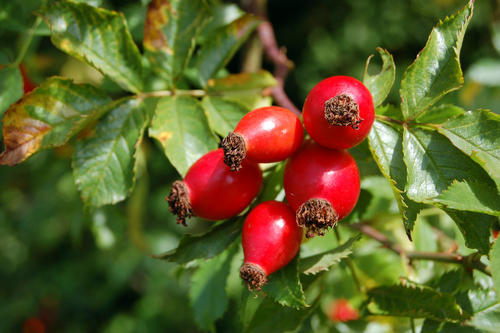 Cultivated Plants. It is almost impossible to say when plants were first cultivated, but it is known that millet, rice and figs are among some of the very oldest of our present-day products. Investigation has proved the original habitat of most plants. and the wild form has in many cases ceased to exist. At the present day cultivation has reached such a pitch that the form in which we know the plant varies very much from the original wild one, and there are various devices known for the further improvement or development of the plant in question.
Cultivated Plants. It is almost impossible to say when plants were first cultivated, but it is known that millet, rice and figs are among some of the very oldest of our present-day products. Investigation has proved the original habitat of most plants. and the wild form has in many cases ceased to exist. At the present day cultivation has reached such a pitch that the form in which we know the plant varies very much from the original wild one, and there are various devices known for the further improvement or development of the plant in question.
The Conservation of Cultivated Plants
Some plants are cultivated for their seeds, such as all cereals, mustard, etc.; others for their leaves, such as cabbage of all kinds, spinach, tobacco, tea, water-cress, etc.; others again for their flowers, such as cauliflowers, cloves, etc.; some for their young shoots and stems, as asparagus and rhubarb; and some again for their fruits, such as plums, oranges, gooseberries, all kinds Of nutS, cucumber, tomatoes, etc.; and last but not least is that large class of plants of great service to man cultivated for their roots and tubers. There are many useful products from certain plants which are much cultivated for various purposes apart from edible uses, e.g. starch, vegetable acids, such as citric and oxalic, gums, all the numerous narcotics, such as opium, morphia, etc.
The cultivated plants such as tomatoes, peppers, onions … need the care of people to live. People who care for cultivated plants are known as farmers. The farmers are responsible for sowing the seeds, watering the plants to grow and collect their fruits.
